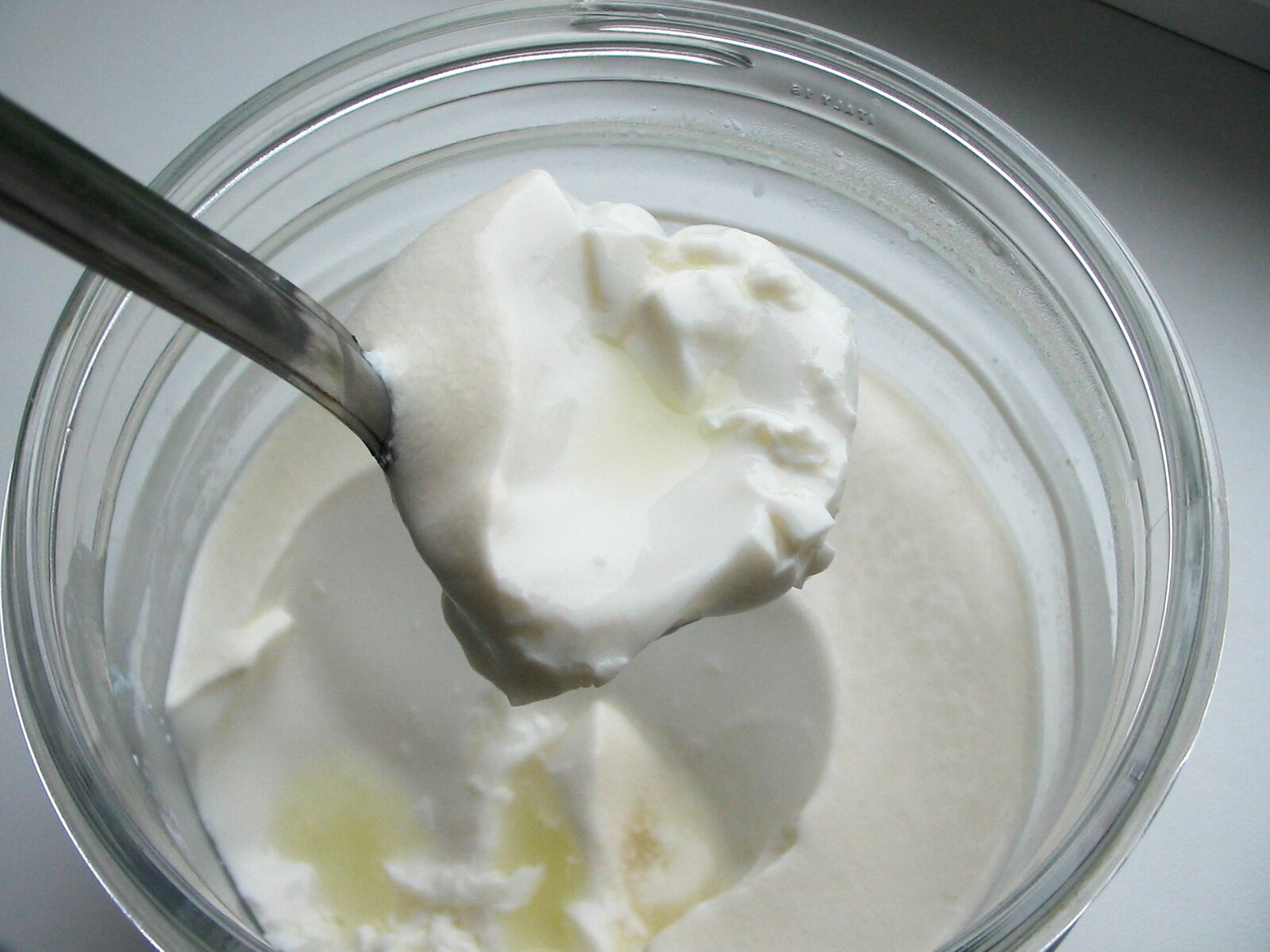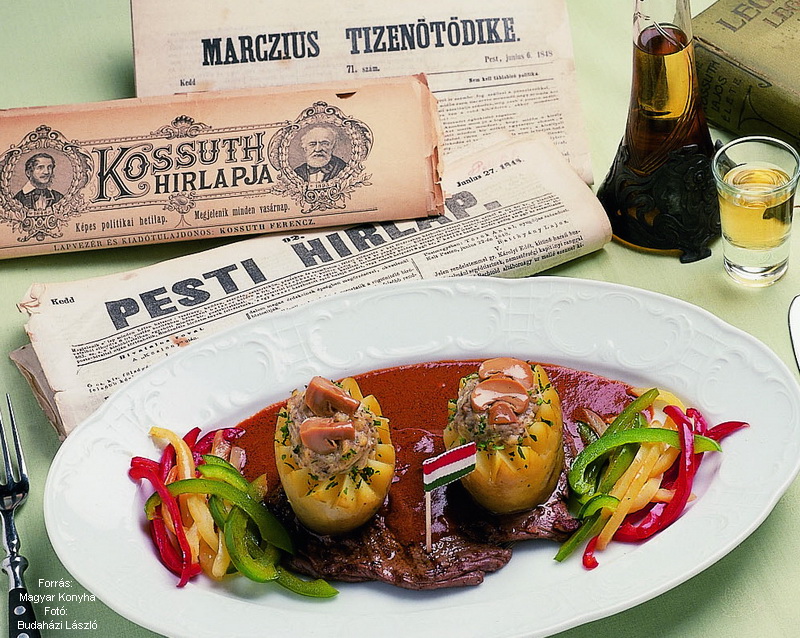Meals that won the Hungarian Revolution of 1848 – RECIPES
“Food is life”, as many people’s posts and photos on social media say. They are not wrong; food is fundamental, but a good and filling meal varies from country to country. Today we have our guidelines concerning the matter, but what did Hungarians think almost 200 years ago about a nutritious meal giving you enough energy to lead a revolution?
“You can not make a revolution on an empty stomach”, may or may not said Sándor Petőfi on 14 March 1848, the night before members of the Opposition circle met in Pilvax café. Even though this might not be exactly what he said, he definitely got ready with a filling meal to be one of the most important characters of the War on Independence. But what was this meal exactly?
What gave the so-called “Youth of March” enough energy to win, even if only for a short year, independence from the Habsburg Empire?
We will start with the most important figure of the revolution, the already mentioned poet Sándor Petőfi. He was not known for being a gourmet, and he was not picky. As a real Hungarian, he loved meals made with meat. For instance, a good gulyás soup was one of his favourites, but this time we bring you another one of his favourites you may have never heard of.
Aludttej, which could be translated to sleeping milk, is a fermented drink/food very popular in Eastern Europe. It is similar to kefir, and you can prepare it very easily at home; all you need is fresh milk. The best time to make aludttej is in summer, as it is ready under a night in a closed cupboard, at room temperature. If you would like to give it a try now, it is advised to add a bit of tejföl to the milk as it speeds up the process. It is ready when it does not run like a liquid anymore, and it has an acidic smell to it. You have to then keep it in the fridge until eating it all on its own, with some bread or some fruit, like berries, if you would like to make it extra healthy.

Nobleman, politician, lawyer, statesman, Second Prime Minister then Governor-President of Hungary, Lajos Kossuth, gives us the most precise answer to our question. We know exactly what he ate, even though not the night before, but on 12 of March in Bratislava, together with another figure of the independence movement, probably Mór Jókai. The meal was a kind of steak or roast that became known as Kossuth-steak in certain parts of Hungary.
Even if your goal is not to gather energy to win a revolution but to get through a tough day, for instance, here is the recipe. You can prepare it and let us know in a comment if it worked.
You will need :
- 4 slices of beefsteak of your choice (around 15 decagrams each)
- 10 decagrams of fat if you want it to be authentic, but you can replace it with oil
- 2 onions
- 2 tomatoes
- 2 green peppers
- 4 bigger potatoes
- 20 decagrams of champignon (works best with this type of mushroom but feel free to experiment)
- 1 tsp of paprika
- 1 clove of garlic
- 5 decagrams of butter
- Salt and pepper
We start with the meat. We tenderise the slices a bit but not too much. We do not want them to be thin. Then we sprinkle them with salt and pepper on both sides before frying them in some fat or oil. Next, we dice the onions and throw them in the meat pan to fry together with the chopped green pepper and the mashed clove of garlic, before removing it from the stove to add the paprika some seconds later when it is cooled down a bit, to avoid the paprika getting burnt. We quickly mix it with some salt and pepper, add around half a cup of water and mix it. Then we chop the tomatoes and add in the water, followed by the nicely fried steaks, before covering the pan and cooking it together in slightly boiling water on low-medium heat. The goal is to cook away most of the water; we just leave a little to cover the steaks barely.
Then we prepare the potatoes by peeling them, but no cutting is necessary, as we will place them in salty water to barely cook them soft to a point where they do not fall apart, but we can scrape the inside out. Next, we wash, peel and chop the champignon and simmer it with some butter, salt and pepper to get it ready to be mixed with the inside of the potatoes. Then we fill the potatoes with this creamy mixture.
When plating, the loaded potatoes are placed on top of the meat slices instead of just putting them on the side, then the whole plate is drizzled with the meat sauce. You can pour all the rest on top, as you prefer.

Nobleman and novelist Mór Jókai also played an active role in the revolution. He was the one reading the 12 points at all locations that day. We know his wife was an excellent cook, so he definitely had something delicious before leaving home to liberate his people. Even a bean soup was named after him – recipe available by clicking here. Today we bring you a misleading treat, a pie that sounds like a sweet dessert at first, but what can actually be filled with a mixture of dill and túró (prepare it at home with this guide). Although I just called it a pie, it is somewhere between a pie and a strudel.
Here are the ingredients you will need:
- Milk
- Yeast
- Sugar
- Butter – 1tbsp
- Wheat flour
- Salt
- 1 egg
Rest it for 30 minutes
- Cream túró
- Túró
- More salt
- Breadcrumbs – 2 tbsp
- Sugar – 1tbsp
- Dill
- 3 eggs
- Tejföl – 3 tbsp
- 1 egg -yolk
And here is a video that shows every step of the process.
Source: nosalty.hu ; foodyny.hu; dailynewshungary



affasg
A strange headline. Hungary did not win the 1848 Revolution and subsequent War of Independence. Quite the opposite.
Anonymous, well yes and no. Yes the Revolution failed militarily, however, the cost to the Austrians/Habsburgs was exorbitant. Austria eventually, had to settle grievances with Hungary, resulting in a shared, be it unequal, kingdom and monarchy.